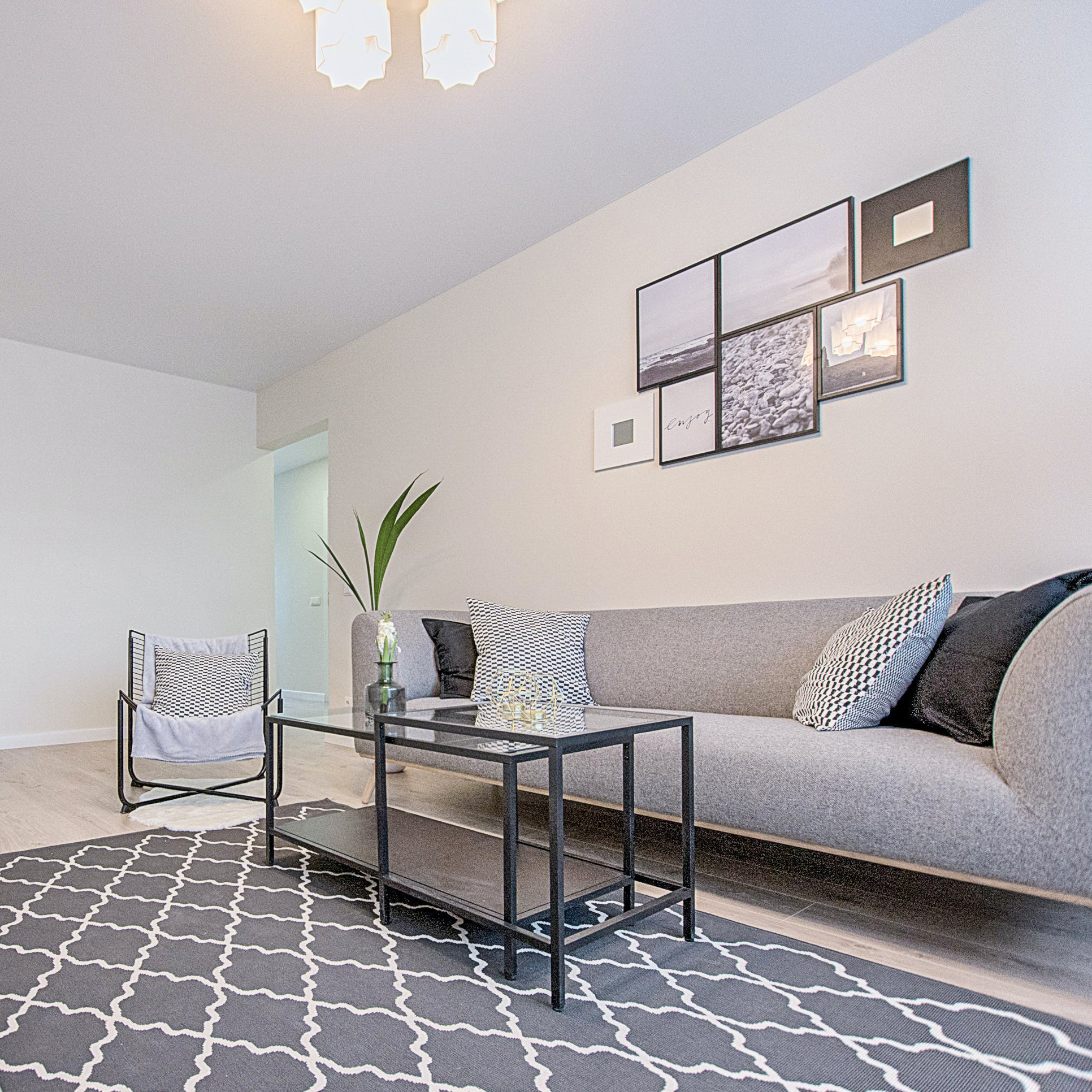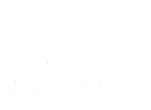How Your Drywall Contractor Should Handle the Sanding Process
DRYWALL, DRYWALL SUBCONTRACTOR, SUBCONTRACTOR
An expert Drywall Contractor will always prepare a drywall project area properly before beginning the sanding process of a drywall installation or repair. Along with that preparation, protection from drywall dust in other areas of your home is also a must. This requires careful planning and the right materials. Here’s what you can expect from a good, responsible drywall contractor:
Sealing Off the Work Area
Your drywall contractor should use heavy-duty plastic sheeting to seal off doorways, windows, and any other openings outside of the direct work area. Your contractor should also take care to attach the plastic securely with painter’s tape to prevent any dust from escaping the work area. Painter’s tape is ideal for this purpose as it allows for sealing off plastic securely with safe, damage-free removal of the tape from your walls at the end of the project.
Some drywall contractors also use a zippered dust barrier or a plastic zip-up door. This allows access to the work area without disturbing the seal and minimizes the spread of dust.
Your drywall contractor should also cover any vents or airducts with plastic sheeting secured with painter’s tape. This prevents dust from circulating through the home’s ventilation system.
Protect Floors and Furniture
Expect a skilled drywall contractor to cover and protect your floors with canvas or plastic drop cloths throughout the work area to catch falling dust and debris. Your drywall contractor will also move furniture out of the work area whenever possible. If this is not a feasible option, your furniture should be covered with plastic sheeting or dust covers, making sure the edges are sealed to prevent dust from settling.
Limiting Air Circulation
If your home is running an HVAC System, your drywall contractor may request that you temporarily turn off your system to prevent dust from spreading through the ductwork into other parts of your home.
Use Dust Barriers
Your drywall contractor may create negative air pressure in the work area by setting up a fan to blow air out of a window or door. This draws dust away from the rest of the home. Any common box fan or ventilation fan can be used for this purpose.
Your drywall contractor may also employ sanding tools that attach to a vacuum, which can significantly reduce the amount of airborne dust.
Cleaning
After sanding, your drywall contractor will vacuum the area and may use a vacuum equipped with a HEPA filter to do so; standard vacuums do not trap fine drywall dust as thoroughly. Your contractor will also wipe all surfaces affected by the sanding work (such as walls, windowsills, and door frames) with a damp cloth to capture any lingering dust.
A good drywall contractor should dispose of dust properly by rolling up all plastic sheeting and drop cloths carefully to prevent spreading of the dust during cleanup.
By sealing off the work area, using protective coverings, and employing proper cleanup techniques, a trustworthy drywall contractor will significantly reduce the spread of drywall dust and help to keep the rest of your home in reasonably good shape during and after your drywall project.


